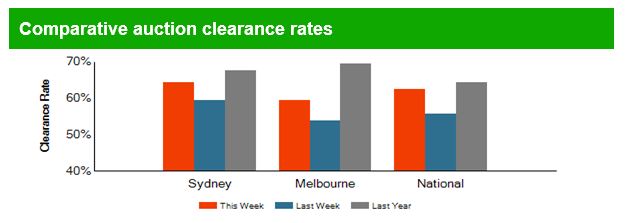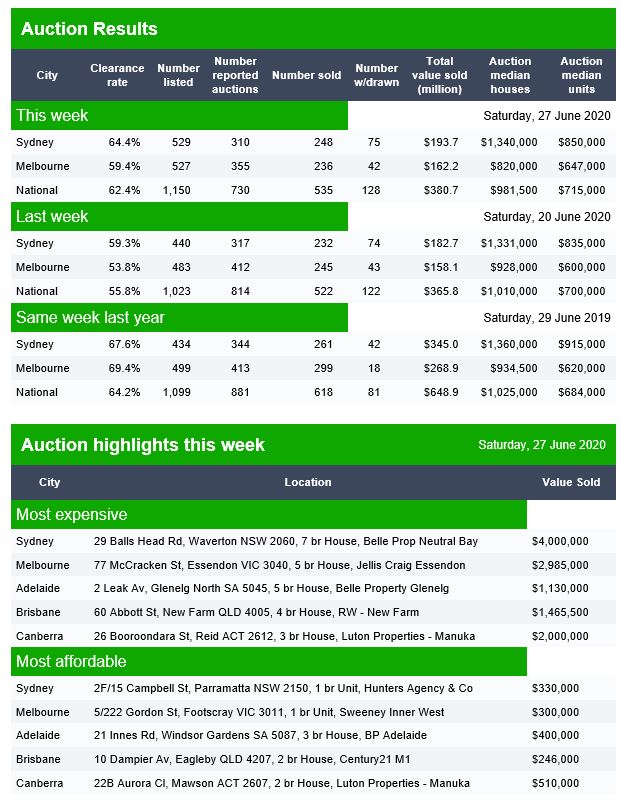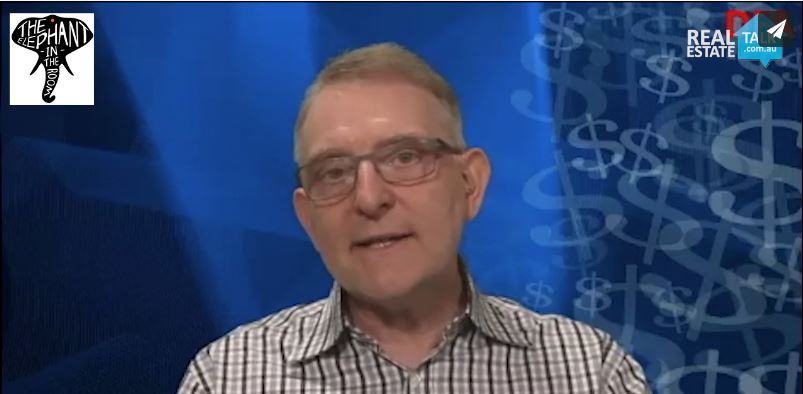Property Expert Veronica Morgan joins me for a discussion on the complexity of the property markets at the moment.
Veronica is a Sydney-based property expert, buyer’s agent and principal of Good Deeds Property Buyers. She writes on a wide variety of property topics and is the co-host of Location Location Location Australia.
My recent show on Real Estate Talk with Veronica: https://realestatetalk.com.au/doomsayer-explains-his-theory-regional-bonanza/
Veronica’s book offer: https://gooddeeds.com.au/auction-ready/ – use discount code DFA.
Our live DFA show is scheduled for Tuesday 14th July 20:00




